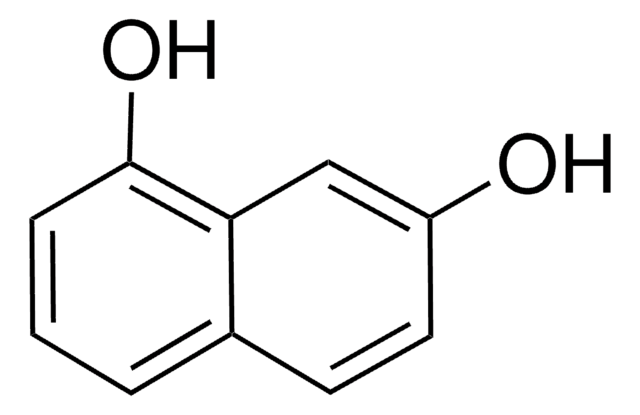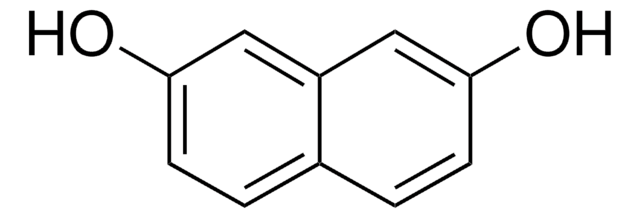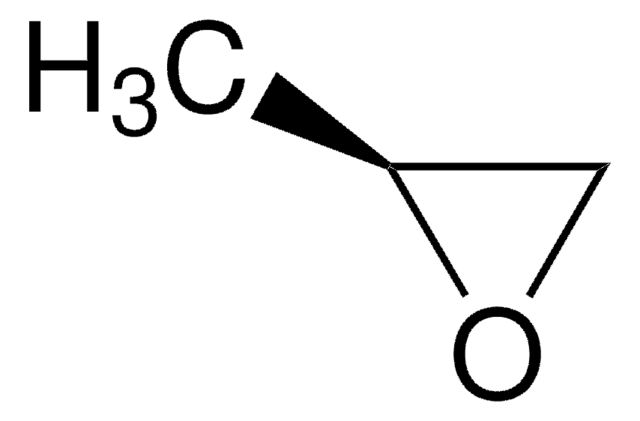540250
(S)-(+)-1,2-Propanediol
96%
Synonym(s):
(S)-(+)-Propylene glycerol
About This Item
Recommended Products
Assay
96%
optical activity
[α]20/D +16.5°, neat
optical purity
ee: 98% (GLC)
refractive index
n20/D 1.432 (lit.)
bp
186-188 °C/765 mmHg (lit.)
density
1.036 g/mL at 20 °C (lit.)
SMILES string
C[C@H](O)CO
InChI
1S/C3H8O2/c1-3(5)2-4/h3-5H,2H2,1H3/t3-/m0/s1
InChI key
DNIAPMSPPWPWGF-VKHMYHEASA-N
Looking for similar products? Visit Product Comparison Guide
Related Categories
Application
- Optically active chiral (S)-1, 2-propanediol derivatives using mesogenic carboxylic acids via esterification in the presence of dimethylaminopyridine (DMAP) as a catalyst.
- 3,4-Ethylenedioxythiophenes via Mitsunobu reaction.
- Vicinal diol cyclic sulfates in the presence of sodium periodate and ruthenium chloride as catalysts.
Storage Class Code
10 - Combustible liquids
WGK
WGK 3
Flash Point(F)
217.4 °F - closed cup
Flash Point(C)
103 °C - closed cup
Certificates of Analysis (COA)
Search for Certificates of Analysis (COA) by entering the products Lot/Batch Number. Lot and Batch Numbers can be found on a product’s label following the words ‘Lot’ or ‘Batch’.
Already Own This Product?
Find documentation for the products that you have recently purchased in the Document Library.
Customers Also Viewed
Chromatograms
suitable for GCOur team of scientists has experience in all areas of research including Life Science, Material Science, Chemical Synthesis, Chromatography, Analytical and many others.
Contact Technical Service









